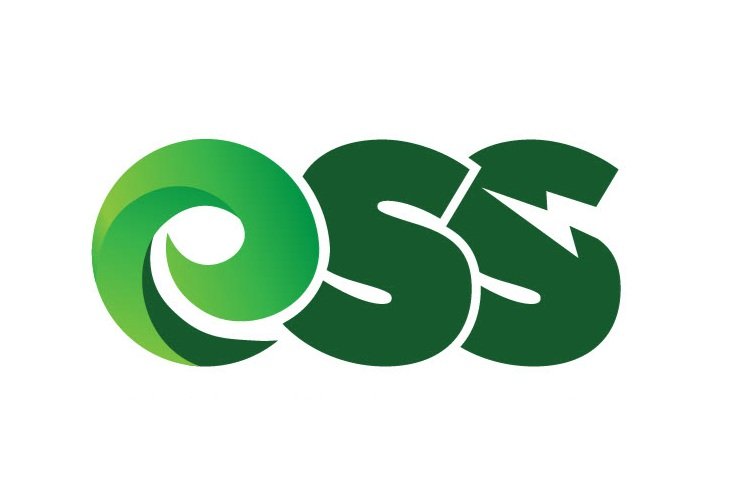Solar Inverter: What it is and How it Works
Introduction
Central to any solar energy system is the solar inverter: a vital component that converts the sun's energy into usable electricity. In this article, we will delve into the world of solar inverters, exploring what they are, how they work, the different types available, and how to choose the right one for your needs.
What is a Solar Inverter?
A solar inverter is an electronic device that converts the direct current (DC) electricity generated by solar panels into alternating current (AC) electricity, which is the type of electricity used in our homes and businesses. It acts as the bridge between the solar panels and the electrical grid, enabling the efficient use of solar energy.
How Does a Solar Inverter Work?
Solar inverters work by taking the DC electricity generated by solar panels and converting it into AC electricity suitable for powering our homes and businesses. The process involves several stages, including DC to AC conversion, synchronization with the electrical grid, and ensuring optimal energy production.
Types of Solar Inverters
There are various types of solar inverters available, each with unique features and advantages. The main types include:
String Inverters: Commonly used in residential installations, string inverters connect multiple solar panels in series and convert their combined DC power into AC power.
Microinverters: Microinverters offer benefits such as panel-level optimization, monitoring, and increased system efficiency.
Power Optimizers: Power optimizers are used in conjunction with string inverters. They optimize the performance of each panel, allowing for greater flexibility and improved energy production.
What Makes a Good Solar Inverter?
When selecting a solar inverter, several factors should be considered. These include:
Efficiency: Look for inverters with high-efficiency ratings to maximize the energy conversion process.
Reliability: Choose inverters from reputable manufacturers known for their quality and reliability.
Certifications: Check if the inverter has certifications such as CEC approval, indicating compliance with industry standards and regulations.
How Does an Inverter Save Money?
Solar inverters help save money by enabling homeowners and businesses to generate independent electricity. By harnessing solar energy, you can reduce your reliance on the grid and lower your utility bills. Additionally, excess energy can be fed back into the grid through net metering, further offsetting costs.
Choosing the Right Inverter Size
Selecting the appropriate inverter size is crucial for optimal system performance. Factors such as solar panel capacity and energy requirements should be considered. Consulting with a professional installer can help determine the best size for your needs.
The Solar Inverter Display
Solar inverters often come equipped with a display that provides valuable information about your system's performance. This includes data on energy production, voltage, and current. Understanding and utilizing this information can aid in monitoring your system and identifying any issues.
Solar Inverter Warranty
When choosing a solar inverter, pay attention to the warranty provided by the manufacturer. A longer warranty period demonstrates the manufacturer's confidence in their product and provides you with peace of mind.
Frequently Asked Questions (FAQ)
-
It depends on the type and model of your inverter. Some inverters allow for expansion by adding more panels, while others may have limitations. Consult with a professional installer to assess the expandability of your specific inverter.
-
CEC (Clean Energy Council) approval is a certification specific to Australia, ensuring that the inverter meets the required standards for safety and performance. If you live in Australia, consider choosing a CEC-approved inverter for compliance and eligibility for government incentives.
-
Solar inverters are designed to withstand outdoor conditions. However, the level of weatherproofing may vary between models. Look for inverters with appropriate IP (Ingress Protection) ratings, indicating their resistance to dust and water ingress. This ensures their durability and longevity in various weather conditions.
-
While solar inverters offer numerous benefits, it's wise to consider potential drawbacks. These may include:
Cost: Quality inverters can be a significant investment, though they provide long-term savings.
Maintenance: Inverters may require periodic maintenance and potential replacement over their lifespan.
Efficiency Loss: Inverters introduce a slight energy loss during the conversion process, although modern inverters have improved efficiency rates.
-
Solar inverters come in various shapes and sizes, depending on the type and model. Generally, they are rectangular or square-shaped boxes with display panels and various ports for connection. The design may vary but is typically compact and designed for indoor and outdoor installation.
Key Takeaways:
Solar inverters are essential components that convert the DC electricity generated by solar panels into usable AC electricity.
There are different solar inverter types, including string inverters, microinverters, and power optimizers, each with unique features and advantages.
Factors like efficiency, reliability, and certifications should be considered when selecting a solar inverter.
Solar inverters help save money by reducing reliance on the grid and allowing for potential energy feed-in.
The right inverter size should be chosen based on panel capacity and energy requirements.
Solar inverters often come with displays that provide useful information for monitoring system performance.
Warranty coverage is important when selecting a solar inverter, ensuring long-term protection and peace of mind.
Conclusion
Solar inverters are the backbone of solar energy systems and play a key role in converting sunlight into usable power. Understanding the features and various types will help you make the best decision when getting a solar inverter. Whether it's a string inverter, a microinverter, or a power optimizer, choosing a high-quality, right-size inverter maximizes energy production, reduces costs, and contributes to the future of sustainable solar connected to the power generation system.
Don't forget that talking with an experienced solar power expert provides individualized advice to ensure your solar inverter selection meets your unique needs and goals. Harness the power of solar energy and pave the way for a greener and more sustainable future with solar inverters.






